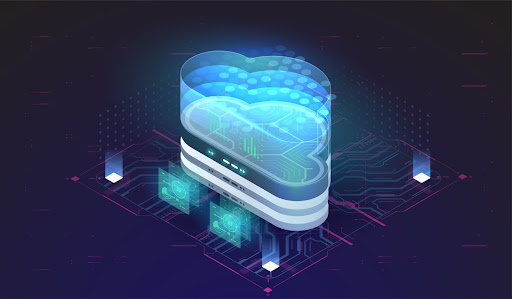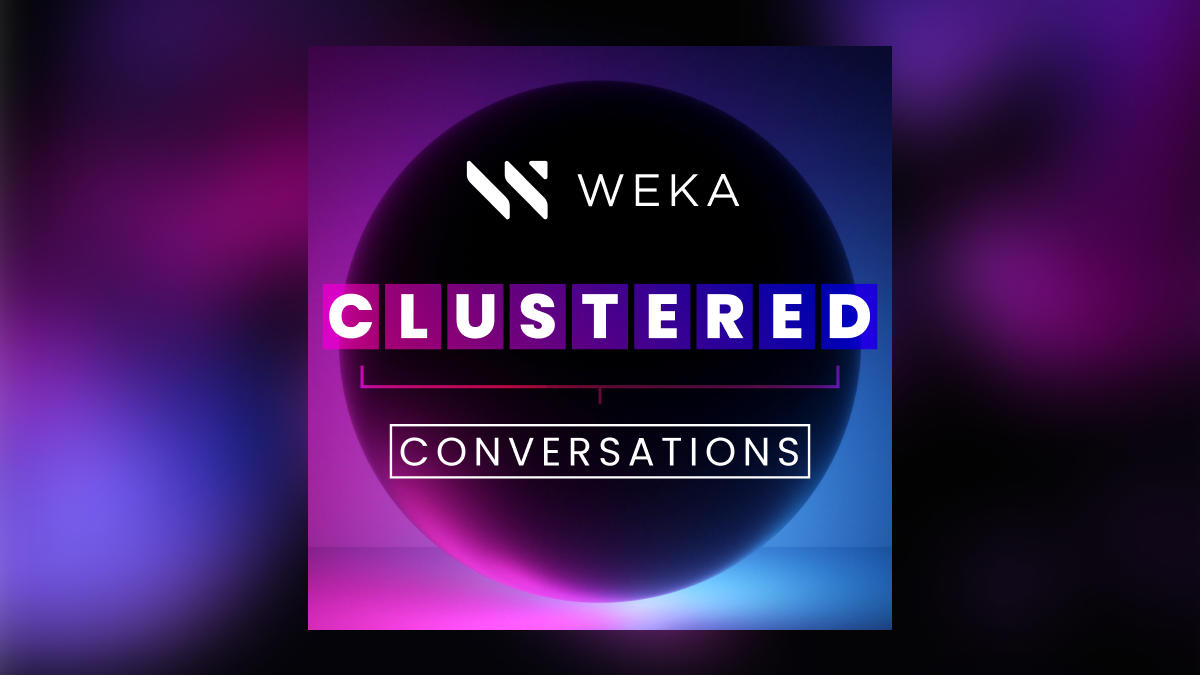What Is Cloud Data Replication & Why Does It Matter?

Cloud data replication helps ensure high availability systems with robust recovery mechanisms. Find out more here.
What is cloud data replication? Cloud data replication continuously replicates data to a secondary location to support high-availability applications and disaster recovery.
What Is Cloud Data Replication?
As the name suggests, data replication replicates data from one point to another. We’re not talking about simple copy-paste or RAID redundant storage options, either. Replication, in this context, refers to the practice of maintaining a mirror copy of a massive database or filesystem in multiple places for availability, accessibility, or disaster recovery.
Traditionally, replication could occur on local systems across several servers. However, with the advent of massive and high-availability cloud infrastructure, data replication can occur over distributed systems with much more robust and powerful capabilities.
In the broadest sense, there are two approaches to cloud data replication:
- Synchronous: The process of simultaneously saving data to both the primary and secondary storage platforms. This approach provides a more accurate and readily available backup at a network performance cost.
- Asynchronous: The process of saving data to the primary storage media first, then to the secondary storage media afterward. While there is a lag between storage operations, this method also places less strain on systems that can work better with clouds in different geographical locations.
Within these overarching approaches, several examples of replication utilize different strategic techniques:
- Snapshot Replication: The replication system will take a “snapshot” of the primary storage media. This means it will collect the data in that media and any log files, metadata, records, or files related to the system’s state. Businesses can copy this snapshot to secondary storage to serve as a functional mirror of the original storage media.
- Transactional Replication: Transactional replication involves taking database transactions and replicating them to secondary cloud storage as they occur. The secondary database will often take a snapshot of the primary storage media and then read transactions as they happen, comparing changes against the snapshot.
- Merge Replication: Using snapshots, merge replication involves distributing snapshots to different nodes or clusters that can make changes independently of the original system. At a predetermined time, the changes that accumulate across all snapshots will merge into a single master database.
Furthermore, there are several data replication methods, including
- Full-Table Replication: A massive undertaking, full-table replication involves taking the source tables or database and updating every single piece of information in the destination table.
- Key-Based Replication: Only data changes since the last update will update. This is much more efficient than table replication but can miss deleted or corrupted items.
- Log-Based Incremental Replication: Database log files coordinate changes and updates from the source media to the replication media. The best approach to balance accuracy and performance but only works with databases that support the process.
Why Should Businesses Use Distributed Cloud Data Replication
Cloud data replication brings several significant benefits to businesses. With reliable and predictable data backup and an accurate mirror of all your mission-critical databases, replication can support accessibility and resiliency more than traditional backups.
Some key benefits of using cloud data replication include:
- Accessibility: When you replicate data across different hybrid cloud instances, you provide better accessibility for customers and employees. Replicated data across multiple clusters can support high-availability storage and active cluster failover so that systems are never unavailable and are always up-to-date.
- Accuracy: Speaking of up-to-date, cloud replication can ensure that you always have accessible data that isn’t even a minute behind. With the right infrastructure and resources, your organization can support identical copies of the same foundational data that’s accurate, corresponding with the latest customer interactions and database transactions.
- Distribution: To better serve customers or distributed research teams, many organizations will use redundant cloud environments for several geographic reasons. This allows for better performance for local users. A strategic cloud data replication plan can ensure that these remote environments can sync effectively and use the latest data.
- Emergency Recovery: With so many redundant cloud servers, all with the same data, you can support more responsive and accurate disaster recovery strategies. Cloud data replication ensures that you can count on their accurate data, depending on your need, in hot or cold clusters for immediate recovery or long-term storage (respectively).
What Should I Look for in Cloud Data Replication?
The approaches you implement in your cloud data replication strategy will depend on your needs. For example, do you need highly accurate and up-to-date data or a reliable backup that doesn’t tax your network?
- Connectivity: Any cloud data replication infrastructure you use must have several types of connectors for APIs and other applications. More likely than not, you’ll use third-party software to integrate with your cloud system, and in more advanced situations, you may even want to develop your software, and it is critical that these tools can integrate with whatever cloud system you deploy.
- Transformation and Sanitation: If you’re ingesting large quantities of data, you know how important it is to be able to clean out malformed or dummy data, organize that data, and apply metadata to that data. Even with a data replication platform, you must have a system that can shape itself to your specific transformation and sanitation operations.
- Monitoring: Moving data around large cloud infrastructure can raise significant security, compliance, and performance measurement issues. A robust cloud data replication platform will provide the monitoring and auditing tools needed to support whatever frameworks, regulations, or internal demands for audits that you may have.
Leverage High-Performance Computing for Cloud Data Replication with WEKA
Data replication and business continuity are expensive regarding resources and computational power. That’s why enterprises and researchers that rely on extensive backups and fail-over systems rely on high-availability cloud infrastructure like WEKA.
With WEKA, you can use the following features to power a robust data replication strategy:
- Streamlined and fast cloud file systems to combine multiple sources into a single high-performance computing system
- Industry-best GPUDirect performance (113 Gbps for a single DGX-2 and 162 Gbps for a single DGX A100)
- In-flight and at-rest encryption for governance, risk, and compliance requirements
- Agile access and management for edge, core, and cloud development
- Scalability up to exabytes of storage across billions of files
To learn more about WEKA high-performance cloud and data replication, contact our specialists today.





